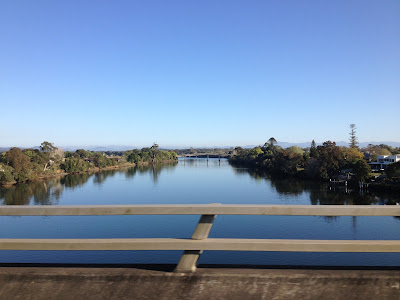Legend has it that the first Europeans to the area were escaped convicts taking refuge on Muttonbird Island. Timber getters were the first to settle in the area in 1841. The busy Port was frequented by up to 450 ships a year until the Carywell was wrecked in 1865. The Harbour's navigation hazards were confirmed by the loss of the Carywell and lead to a shipping boycott of the harbour until the construction of a lighthouse in 1878. The town was originally named 'Korff's Harbour' by John Korff in 1847. It was renamed Coffs Harbour when the town site was reserved in 1861.
Timber cutting remained the most important industry well into the 1900's, flourishing after the completion of the Jetty in 1892. Gold mining, fruit growing, dairying, and sugar cane farming also became popular, although many of these earlier ventures failed. Fijian Bananas were introduced by Herman Reick in 1881 and the banana growing industry took off in the early 1900's as the population swelled during the construction of the railway and the harbour breakwall. Banana growing gained further momentum in the 1920's as the plantations to the north were wiped out by disease.
With the arrival of the railway in 1915 & the completion of the link through to Sydney in 1923, the tourism industry in Coffs Harbour developed rapidly. Today Coffs is one of the most popular destinations on the New South Wales north coast.
For more on this area check out Mark's Clarence Valley Today Blog.

































